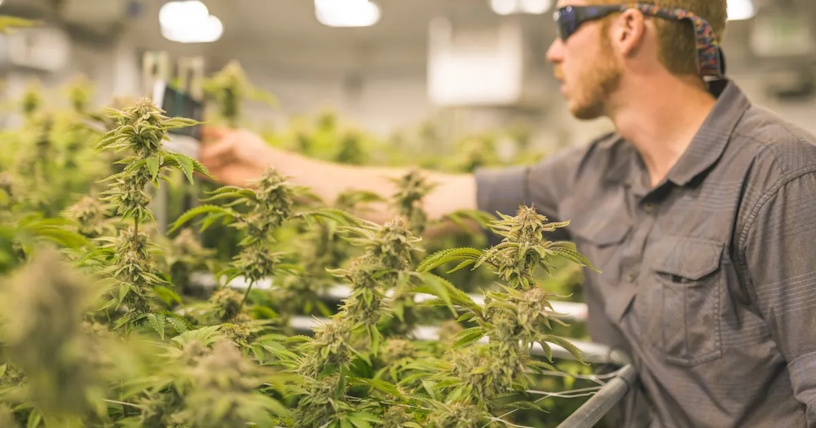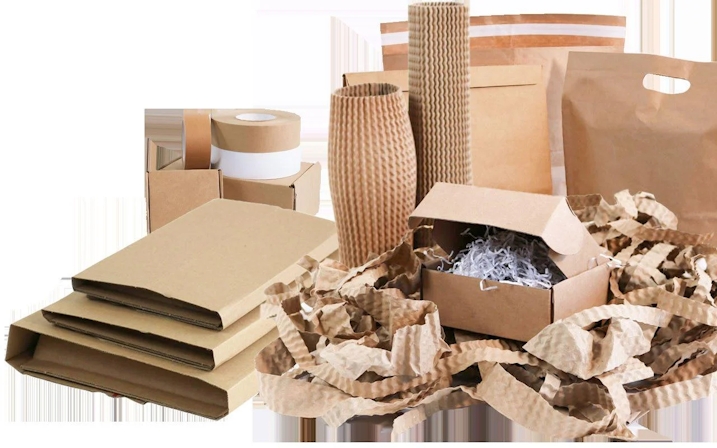
Ecowise Or Otherwise? Gauging Your Cannabis Footprint
In the journey towards a greener future, every step counts. Delving into the expansive world of cannabis naturally comes with some environmental considerations.
Your “cannabis footprint” encompasses the effects from cultivation to disposal.
Let’s unpack how we can be more mindful consumers, reducing our environmental imprint one step at a time.
Your Cannabis Footprint

Understanding your cannabis footprint involves examining every step, from cultivation to disposal.
Let’s delve into the key phases that constitute this footprint:
Seed To Harvest
The journey begins with a focus on responsible cultivation practices. Whether you’re selecting products or growing your own, the choices made during this stage have a significant impact.
Energy Consumption
Especially in indoor farms, the emphasis is on reducing energy consumption through the use of efficient systems like LED lighting and renewable energy sources, helping to slash the industry’s carbon footprint significantly.
Soil Choice
Leveraging organic soil promotes healthier plant growth without resorting to synthetic additives, making it a win-win for both growers and the environment.
Water Use
Conscious water use is a hallmark of sustainable cultivation. Techniques like drip irrigation and rainwater harvesting are employed to minimize wastage and protect precious water resources.
Production To Packaging
This phase focuses sharply on the transition from processing to packaging, highlighting the opportunities for manufacturers to further eco-friendly initiatives and curb pollution.
Manufacturers are pivoting towards recyclable or biodegradable packaging materials, moving away from single-use plastics that have long-term adverse environmental effects. Production facilities are also evolving, incorporating energy-efficient processes that lessen emissions and conserve energy.
By supporting brands committed to these green initiatives, consumers can influence a positive shift towards environmental responsibility throughout the production and packaging cycle.
Disposal
Often underestimated, the disposal stage is crucial in fostering a green cannabis culture. It encompasses the responsible handling of both product remnants and packaging materials.
As consumers, we must undertake responsible disposal of cannabis products, opting for composting of organic waste where possible.
Similarly, giving packaging materials a second life through recycling programs can prevent them from contributing to landfill pollution, encouraging a sustainable cannabis industry paradigm.
Choosing Conscious Consumption With Eco-Friendly Products

As enthusiasts and connoisseurs, embracing sustainable habits is key to fostering a greener industry. Let’s explore how you can align your consumption habits with this eco-conscious movement:
Reusable Accessories
Opt for reusable accessories like glass pipes, metal grinders, and refillable vape pens, which not only last longer but also significantly reduce waste compared to single-use items.
Organic Products
Prioritize purchasing organic cannabis products, which are cultivated without the use of harmful pesticides and synthetic fertilizers, thereby reducing the strain on the environment.
Waste Reduction
Be mindful of the quantity you purchase to prevent unnecessary waste. Buying in bulk, where feasible, can help reduce the amount of packaging waste generated.
Supporting Local Growers
Favor local growers who employ sustainable practices, as this not only supports community businesses but also reduces the carbon footprint associated with transportation and distribution.
Eco-Friendly Packaging
Choose brands that utilize eco-friendly packaging, reinforcing the demand for sustainable solutions in the industry and encouraging more brands to follow suit.
Reducing Waste: Tips And Tricks

Don’t just toss your cannabis remnants in the trash. Organic materials like stems and leaves can be composted, returning valuable nutrients to the soil.
Experiment with creating your cannabis products, such as infused oils or edibles, utilizing every part of the plant and minimizing waste.
As consumers, we wield the power to shape the cannabis industry into a beacon of sustainability. Let’s embrace eco-friendly practices in our consumption habits, fostering a future where the cannabis community thrives in harmony with the environment.
Herb Recommended Products:
READ MORE










